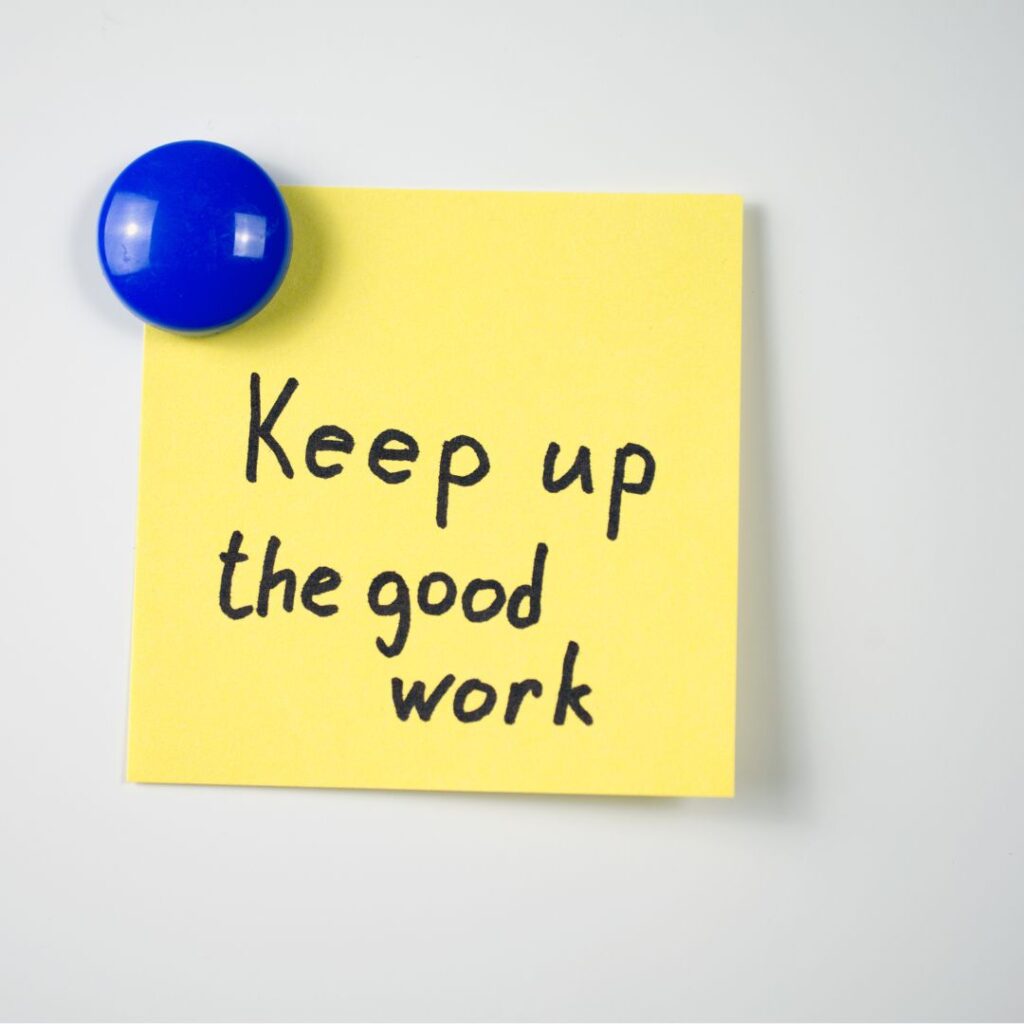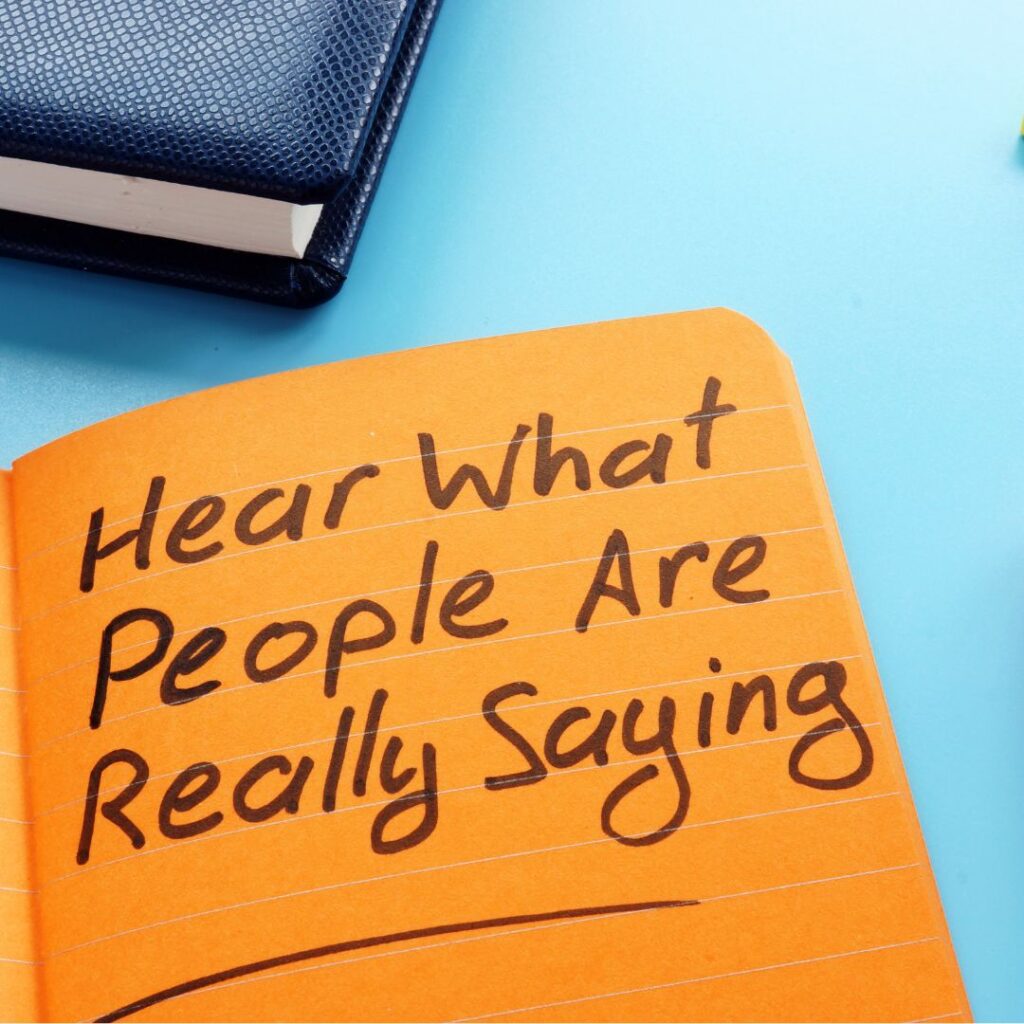I’m always curious when I work with a team who feels they need to communicate better. If this is the reason for your team’s dysfunction, then working on communication skills is unlikely to improve the dynamic of your team.
Why?
Well, there are two main reasons. Firstly, the idea of improving communication is amorphous. There’s no structure to it because, well, we’re human, we’re unique, we have different needs and wants. And to layer another level of complexity, our backstories add different flavours to our needs and wants as well. What does it mean for how we communicate with each other? Well, communication and what constitutes great communication are likely to mean one thing to me and another thing to you.
The second reason is often hidden and it runs deep. Great communication, or the lack of it, is a symptom of how well our team is gelled. It’s not the cause of the tension within your team.

You see, if there’s an environment of caring, mutual respect and a collective desire to get the job done, well, this shows up in how we speak to each other. If I’m genuinely interested in your perspective, I’ll stop, I’ll be present and I’ll invest the time in actively listening to you.
How am I likely to respond if I’m not interested in your perspective? I’m likely to come across as condescending, or I’ll ignore what you have to say, or I’ll talk over you. The classic signs of poor communication, but the core issue isn’t the communication itself.
what is really going on?
Addressing what’s really going on in your team is harder. It requires observation and evidence-based, courageous conversations. It’s much easier to do a half-day course on not talking over each other, but let me ask you this question. Can you tell when somebody is outwardly doing the things that the rules of communication require, but inwardly they’re just not interested? Yes, you can. We call it being authentic or building trust. That communication course is as effective as putting a bandaid on a separate artery.

So what can you do when your direct reports say, we need to improve our team’s communication? It starts with clarity, a team-based conversation around what you all like about how you currently communicate and what could be done better.
There’s also an education piece in this conversation where each member of your team talks about how they like to be communicated with and what they don’t like. And this is where your knowledge of your team’s learning styles can be helpful. So, before going around the room, talk about the communication preferences of somebody who is predominantly visual or auditory or kinesthetic, and this will help your team to frame their communication preferences.

Agree on a visual cue that lets others know when they’re deep and concentrated effort and don’t want to be disturbed, and ensure everyone’s clear about what that signal is, when it’s used and where it can be placed so people know to look for it, for example, you could put a toy car on top of your computer screen.
Now, as the manager of that team, notice who’s using it, and when they’re using it, you see the purpose of the toy car is not so that it can be placed permanently on top of your computer screen or desk partition, saving you from ever having to interact with your team again. Now, for the courageous part.

Watch and listen. Notice when an interaction within your team goes well. What is it about that interaction that’s working well? When there’s an appropriate moment, provide feedback so they know to do it again.
This feedback can be public so that they get to feel good about it and they feel singled out for all the right reasons, and also, more importantly, other members of your team get lots of examples of what a great conversation looks like. It also helps to shift the collective team thought from we’re terrible at communicating to something more helpful.
a coaching moment
Now, for those not-so-great conversations, this is a coaching moment. It’s done in private and close enough to the conversation so that it’s still fresh in the mind.

This is your opportunity to get underneath, uncover the thoughts behind the conversation for both parties and begin the process of reparation.
This is a space of no judgement. Remind yourself that it’s just data about a particular behaviour. It’s never personal, it’s never identity-based. Simply work in progress to help us get better as a team. The final piece of this communication puzzle is checking in as a team.
check in with your team
At each team meeting, reference the team’s collective opinion on what great communication looks like and compare it to the communication that’s been taking place since the last meeting, and ask your team if there’s something new that’s now ready to be added to that list. Check-in with your team to discover what they need from you. How are you relaying top-down messages to your team? How are you sharing the consequences of feedback they’ve provided to you ahead of the management team meeting, for example, and when your team tells you the communication isn’t working, it’s an opportunity for real, lasting change. It’s a gift. Don’t downplay it and slap yet another communication workshop on the issue. Go deep. Get inside the issue. These requests for help are very rarely about the skill of communication.

